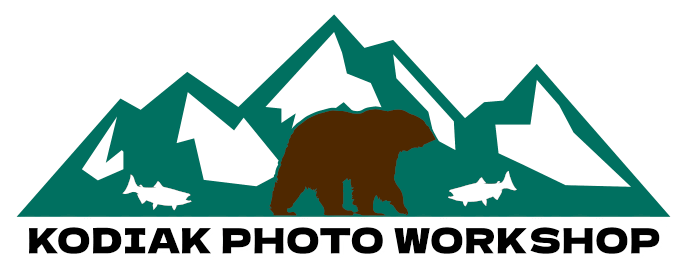Photographing wildlife can be a thrilling and rewarding experience, but finding wildlife to photograph can be a challenge. Wildlife can be elusive and hard to spot, so it’s important to have a plan and be prepared. In this blog post, we’ll explore some of the best ways to find wildlife to photograph.
Research and Plan
The first step to finding wildlife to photograph is to research and plan. Look for areas that are known for their wildlife, such as national parks, wildlife refuges, or nature reserves. Check online resources, such as birding or wildlife photography forums, to get a sense of what kind of wildlife you might encounter in these areas. Additionally, look for the best time of year and the best time of day to see wildlife in the area you plan to visit.
Hire a Local Guide or Attend Wildlife Photo Workshops
Hiring a local guide can be a great way to find wildlife to photograph. A local guide will know the area well and can take you to the best spots to see wildlife. They can also help you identify different species and give you tips on how to photograph them. If you’re traveling to a foreign country, a local guide can also help you navigate any language barriers and cultural differences.
Alternatively, you can attend a photography workshop where you will be guided to hot spots and learn from professionals.

Be Patient and Observant
Finding wildlife to photograph requires patience and observation. Take the time to scan your surroundings and look for movement or any signs of wildlife activity. Be aware of your surroundings and listen for any sounds that might indicate the presence of wildlife. Move slowly and quietly, as sudden movements or loud noises can scare away wildlife.
Use a Telephoto Lens & Binoculars
A telephoto lens can be a valuable tool for wildlife photography. A long lens will allow you to get closer to your subject without disturbing it. This is particularly useful for photographing shy or skittish animals, such as birds or deer. Keep in mind that a long lens can be heavy and bulky, so be sure to have a good tripod or monopod to support it.
Also take a pair of technical binoculars with you. These are high powered visual aids to help you spot wildlife. Plus saves your arms from the heavy long lens on your camera.
Practice Ethics and Respect for Wildlife
As wildlife photographers, we have a responsibility to practice ethics and respect for wildlife. Avoid disturbing or harassing wildlife, and keep a safe distance from them. Never feed wildlife, as this can disrupt their natural behavior and put them at risk of becoming habituated to humans. Respect any signs or barriers that are in place to protect wildlife.
In conclusion, finding wildlife to photograph requires a combination of research, planning, patience, and observation. Hiring a local guide or attending a workshop, using a telephoto lens, and practicing ethics and respect for wildlife can also help you get the best shots. With these tips in mind, you’ll be well on your way to capturing stunning wildlife photographs.











